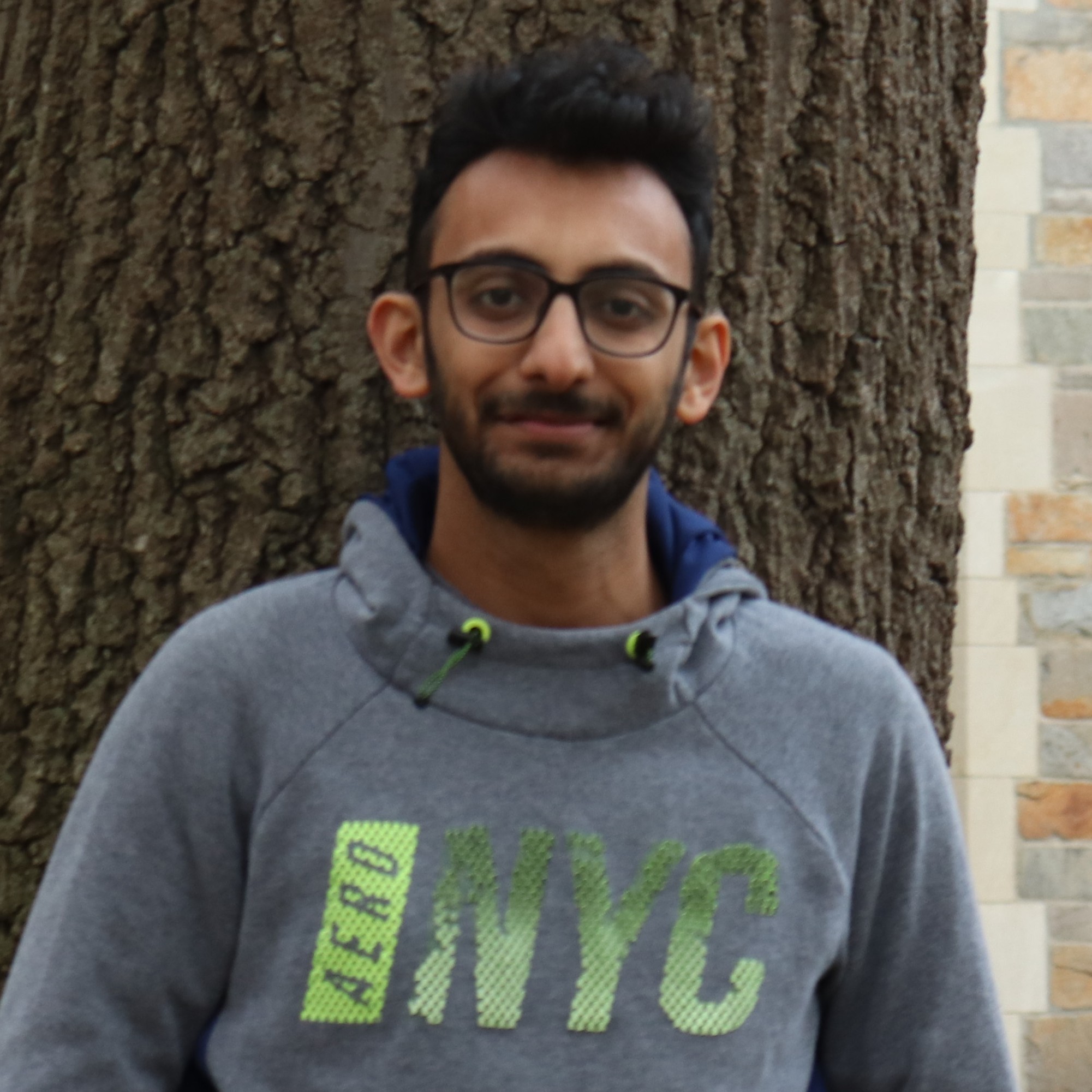Experiences
- Worked on End-to-end detection and trajectory prediction models directly from raw sensor data.
- Designed and Implemented a novel approach to incorporating HDMap in end-to-end joint detection and prediction models.
- Experimented with a novel sequential prediction scheme to better exploit temporal dependencies across time for multi-modal trajectories.
- Designed behavioral periphery Verilog models for a SRAM and optimized them for Read and Write functionalities.
- Received the Best Intern Project Award for the contributions made by working on integrating the original SRAM bit-cell obtained from Foundry with other peripheral blocks.
Projects
3D Point Transformer Network for Mesh Generation
- Working on developing a novel framework for Mesh Generation through only a single 2D image of the object.
SICGAN
- End to end Single Image Conditional GAN (SICGAN) framework for generating realistic meshes of 3D objects using a single RGB image.
Deep Learning for Vision
- Implemented various algorithms including Image Captioning using RNNs, LSTMs with attention, Object Detection using YOLO and Faster-RCNN, Image Style Transfer on Python using PyTorch
Multimedia Forensics - Copy Move Forgery Detection
- Developed an algorithm on Python and MATLAB based on SIFT and GLCM to detect multiple copy move forgeries in the same image where each image has undergone a different geometrical transformation and is robust to JPEG Compression.
Multi-class Car Classification
- Multiclass classification on the Auto-mpg dataset done by implementing and contrasting various Machine Learning methods such as ML Estimation, Bayesian Estimation, Kernel Density Estimate, K-NN, Perceptron Algorithm and Multi-Layered Neural Network on Python.
Camera Assist for Visually Impaired People
- Worked on an algorithm in MATLAB and VHDL which instructs the visually impaired to move the camera based on the location of the detected face in the frame. This is done by computationally and memory efficient skin detection algorithm.
Publications
IEEE TENCON 2019 - 2019 IEEE Region 10 Conference
